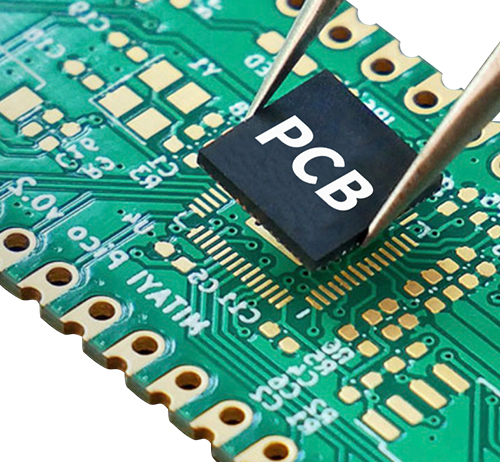Time:2022-09-05 Visit:
Since PCBs are the backbone of electronic circuits, it is important to ensure that they always function mechanically. The PCB also ensures proper connections between components and different parts of the circuit, which is essential for various functions such as sending and receiving data, calculating electrical parameters, amplifying electronic signals, and more.
Circuit board manufacturers need to ensure the best quality during the mass production of circuit boards, however, sometimes PCBs can fail or be defective for a variety of reasons. When it comes to the functioning of electronic circuits, these defects cause various problems and complications as they affect the performance of several components present in the circuit. There are several types of problems or defects that can adversely affect the expected output in a circuit. Some of them are:

Defects caused during manufacturing and storage
Similar to other electrical components, PCB circuit boards are sensitive to different environmental factors such as temperature, humidity, pollutants, etc. During the manufacturing and storage process, various defects will appear in the PCB board. Some of them are:
Temperature: Circuit boards are affected by temperature during storage and during component mounting. Under extreme conditions, there are multiple fluctuations in temperature that can be a potential factor in component or joint failure. The maximum and minimum operating temperature of the PCB must be considered during the design phase. Expansion and contraction of the PCB due to temperature fluctuations can lead to premature failure of the PCB.
Moisture: During PCB manufacturing and storage, exposure to moisture can cause short circuits and can cause defects in various components in the circuit. The presence of moisture in the air and moisture can damage the solder, which can lead to corrosion.
Contaminants: Contaminants cause defects in the place where the circuit board PCB is stored during and after the manufacturing process. When a PCB is exposed to factors such as dust, insects, pollution, etc., it will eventually weaken the performance of the PCB.
PCB circuit boards can have catastrophic effects during circuit board manufacturing, storage, and shipping. Excessive vibration can result if the PCB is dropped violently or not fabricated in the correct way. As a result, the PCB loses its flexibility, which in turn damages the tracks of the electronic circuit board.